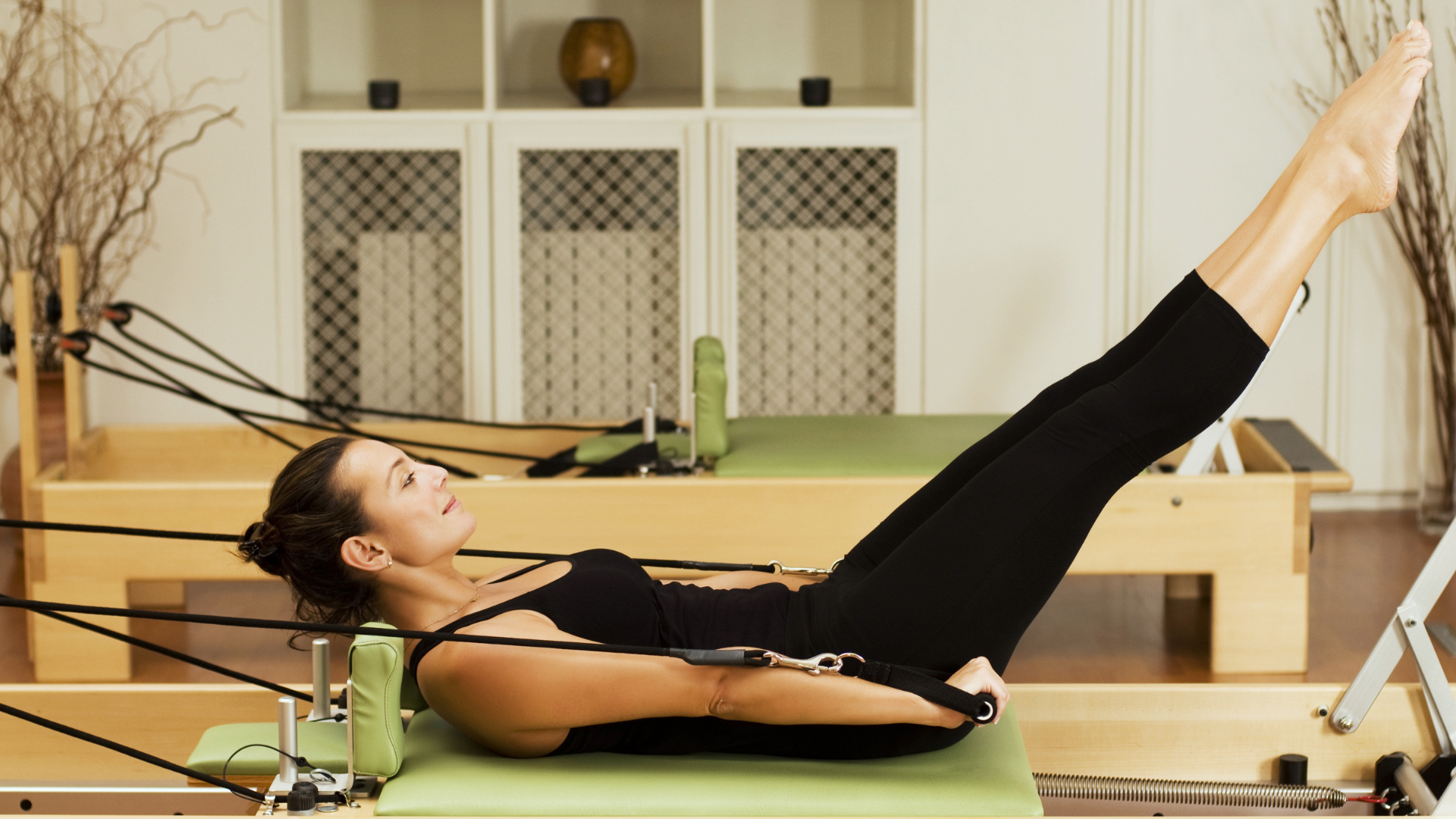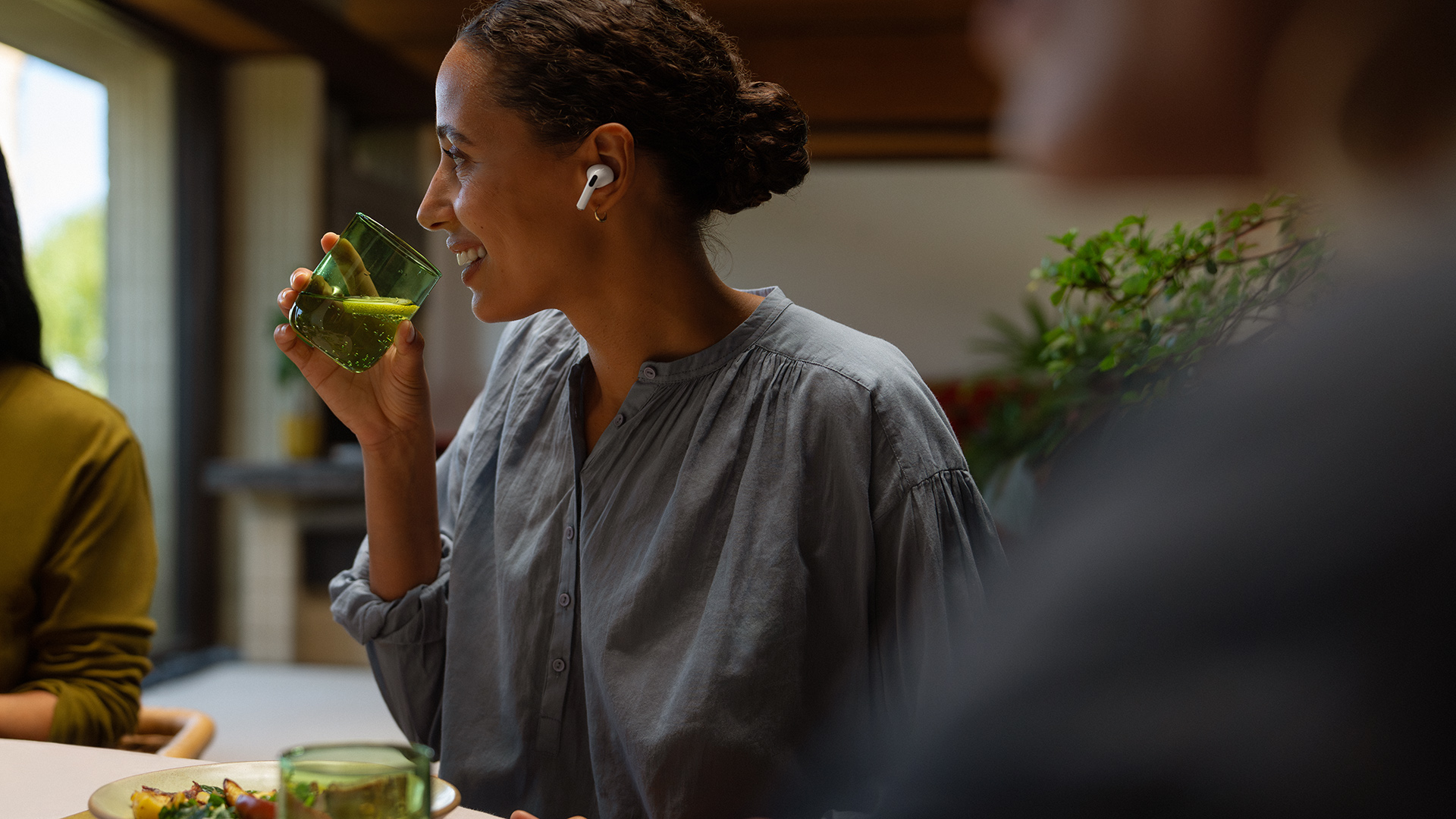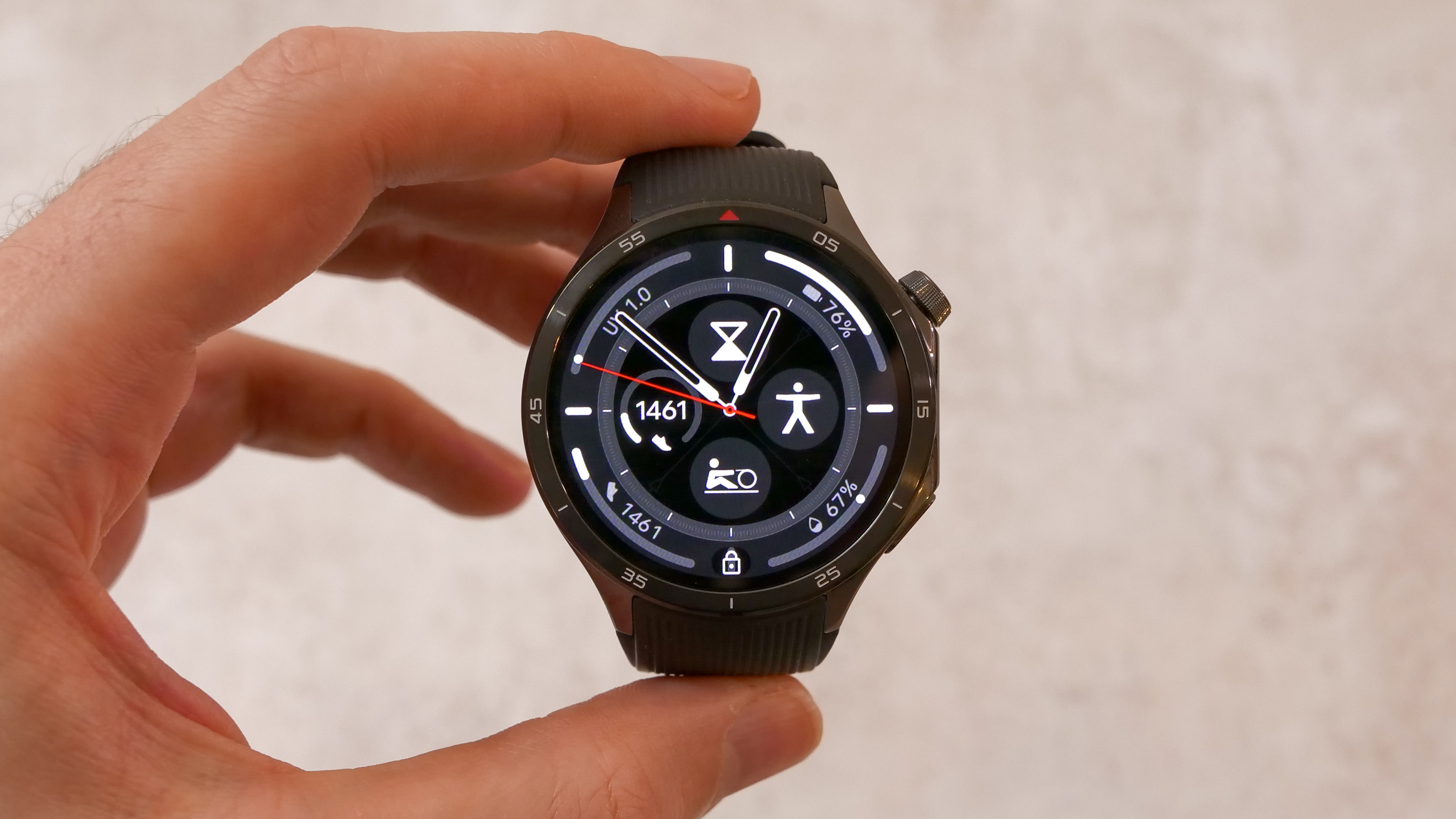

Pilates has always been popular, but lately, just about everyone seems to be doing it. Just scroll through your social media feed and you’re bound to come across someone holding an impressive pose on a reformer or smiling in their new flared Pilates pants.
But what is it that everyone’s loving about Pilates right now? "I think Pilates has grown in popularity due to its holistic approach to fitness, offering core strength, flexibility, and mental well-being," says Lottie Anderson founder of Pilates brand Bondi Rise. "It’s also low-impact, versatile, and accessible for all ages and fitness levels."
If you’ve thought about giving it a go yourself, then you’re probably wondering which type of Pilates you should go for – traditional mat or reformer. Is one better than the other? With Lottie's expertise, we try and answer that very question.
Reformer Pilates or Mat Pilates: What's the difference?

Pilates is the use of repetitive exercises to increase muscle strength, endurance and flexibility and improve balance and posture. It was founded by Joseph Pilates back in the 1920s and each exercise is coupled with breathwork to activate the muscles in a mindful practice.
“The main difference between mat and reformer Pilates is that mat Pilates uses body weight, and sometimes small pieces of equipment – such as light hand weights, resistance bands and a small Pilates ball – for resistance,” explains Lottie. “While reformer Pilates uses a specialised machine (called a reformer) with springs and pulleys to provide variable resistance and support.”.
Mat Pilates is often the most appealing for beginners due to the fact that it does only require yourself and a mat. Although, that doesn’t mean it should be mistaken as being ‘easier’, as mat Pilates can work up a serious sweat, or that beginners can’t do reformer Pilates.
Reformer Pilates or Mat Pilates: the benefits
Both reformer and mat Pilates offer a low-impact, full-body workout and, by the end of either session, you can expect your core, glutes, shoulders, inner thighs and erector spine muscles to be left on fire.
Sign up to the T3 newsletter for smarter living straight to your inbox
Get all the latest news, reviews, deals and buying guides on gorgeous tech, home and active products from the T3 experts
“The added resistance of the reformer machine means you'll target specific muscles more deeply and efficiently, enhancing core stability, flexibility, and overall strength,” says Lottie. “Whereas Mat Pilates is a fantastic and accessible way to build core strength, improve flexibility, and enhance overall body awareness using just your body weight and a mat. Plus, Mat Pilates can be done pretty much anywhere.”
As there’s more resistance using the reformer, the muscles have to work harder to overcome that resistance (known as progressive overload), which helps them become stronger. The risk of injury using a reformer is also a lot lower than it would be using free weights, like a pair of dumbbells, or a heavy barbell.
That’s not to say mat Pilates is ‘easy’ – because it’s definitely not! However, when it comes to building strength and muscle you need to incorporate progressive overload principles and you can do this more with added resistance (from a reformer) than just using your body weight.
Studies also support the positive benefits of Pilates as a whole. A 12-week study published in the Strength and Conditioning Journal found that taking part in two 60-minute Pilates classes a week significantly improved flexibility in the hamstrings, abdominal endurance, and upper body muscle endurance. In another study in the Muscle, Ligaments and Tendons Journal who took part in one-hour mat Pilates class a week had improved posture.
Reformer Pilates or mat Pilates: which is better?

There’s no denying any form of Pilates is excellent, so this really comes down to you as a person.
Lottie says that mat Pilates is particularly good for those who are new to this type of exercise, as it offers a good foundation and understanding of the Pilates principles. Although, there are many people who start with reformer Pilates and love it. But, if you’re feeling a little nervous and want to ease yourself in, then mat Pilates is probably best . For those who are after something that resembles more of a strength training workout, Lottie says reformer is best, as you can add extra resistance for more muscle stimulus.
A lot of people however (like Lottie herself), love and practice both and you can reap pretty much the same benefits from both the mat and reformer.

Bryony’s T3’s official ‘gym-bunny’ and Active Staff Writer, covering all things fitness. She recently completed her Level 3 PT qualification with the PFCA to bring a deeper understanding of training techniques, fitness trends, and wellness advice to her writing. In her spare time, you will find her in her natural habitat - the gym - where her style of training is a hybrid of bodybuilding and powerlifting. Bryony loves writing about accessible workouts, nutrition and testing innovative fitness products that help you reach your fitness goals and take your training to the next level.
-
 Leaked AirPods prototype looks like Nothing... literally
Leaked AirPods prototype looks like Nothing... literallyAnd we are here for them
By Britta O'Boyle Published
-
 OnePlus Watch 3 lands in the UK with a flurry of freebies and a huge discount
OnePlus Watch 3 lands in the UK with a flurry of freebies and a huge discountThe new titanium-clad smartwatch brings 120-hour battery life, ECG health checks, and some serious launch offers
By Matt Kollat Published